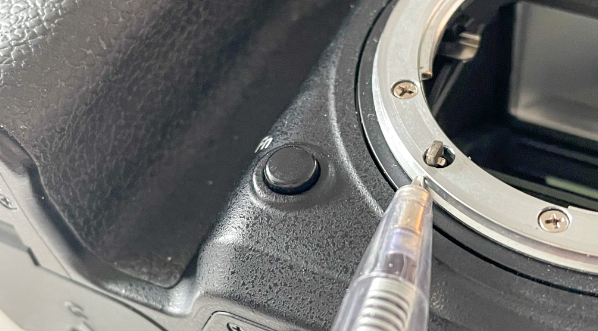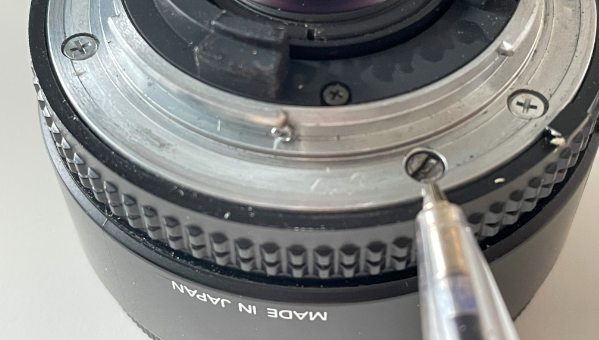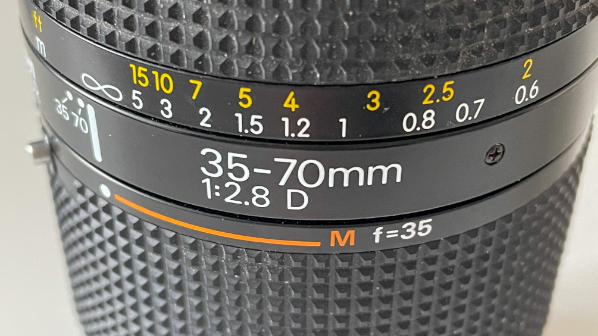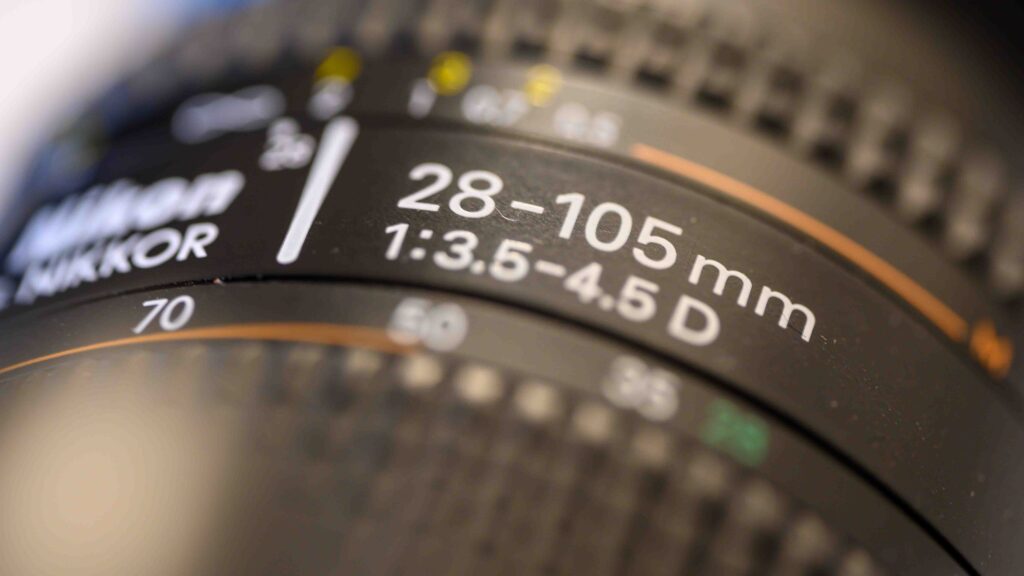A long time ago…
Back in 1947 Nikon started making lenses and cameras for the F-mount, and even today (September 2021) they make both the lenses and DSLR cameras for this legendary mount. Contrary to Canon, Nikon’s F-mount is to a large extend backwards compatible all the way to the very first lenses.
Z-mount for mirrorless
A few years back Nikon introduced the Z-mount for their mirrorless camera series. The mount is bigger and has a smaller flange distance, which according to Nikon should give better image quality. I think this is most relevant for short lenses as long lenses will angle the light the same way irrespective of the mount size.
The Z-mount is not directly compatible with the F-mount. You need a so called FTZ (F-mount to Z-mount) adaptor to use the F-mount lenses on the mirrorless cameras. More about this later. Nikon is working hard to deliver more and more lenses to their mirrorless cameras and they have a roadmap defined for when what lenses comes out, but currently there are a lot to be desired and at the time of writing this, it is regarded as one of the drawbacks of the Nikon mirrorless cameras.
F-mount History
In very broad terms, Nikon has made 3 types of lenses for the F-mount:
- 1947: Manual focus (pre-AI, AI and AIS)
- 1986: Mechanical auto focus (AF and AF-D)
- 1998: Auto focus with a focus motor built into the lens (AF-S or G-series)
(1) The manual focus lenses of course do not provide any sort of automated focus capabilities; they were designed long before auto-focus technology was invented. So no matter how advanced your camera body is, the manual focus lens will stay manual focus.
(3) The auto focus lenses with a built in motor (AF-S) is the latest and greatest technology for the F-mount. A built in motor enables the focus to work both very fast and very silent as the motor can sit very close to the glass it is moving. It is a engineering masterpiece in terms of space management, as the motor and mechanics has to be squeezed into a very small space.
(2) The mechanical auto focus (AF) is based on a cooperation between your lens and the camera body – it is a very good practical illustration that it takes two to tango: The focus motor sits in the camera body and drives a metal piece that sticks out of the camera body, whereas the glass has a purely mechanical focus drive that links into the motor of the camera body.

The camera body can then via commands to the motor drive the lens glass back and forth. Such glass is typically named AF or AF-D by Nikon.
Mechanical AF
One of the Nikon related questions I get the most often relates to AF glass: Will the auto focus work for this lens? The answer in most cases is yes, but there are a few exceptions: these are what Nikon call the entry level camera bodies in their DSLR setup. The Cameras named D3x00 and D5x00 (e.g. D5600) do not have the focus motor built into them and hence there is no way the camera body can drive the mechanical auto focus. That is why I do not recommend the D3x00 and D5x00 camera bodies. It is not because these cameras are APS-C cameras (i.e. cropped sensors relative to full frame) but because Nikon decided to leave the motors out of these bodies in the expectation that buyers of these bodies were unlikely to buy AF glass. For enthusiast level APS-C cameras such as the D500, D7100, D7200 and D7500 there is a motor in the camera body.

Unfortunately Nikon did not build an autofocus motor into their mirrorless camera bodies, and hence these share the same fate as the D3x00 and D5x00, i.e. that AF F-mount glass will not yield auto focus. One could have hoped that Nikon would have built the motor into the FTZ adaptor, but so far this has not been the case. We are still many that hope this will come, either from Nikon or a 3rd party provided, but so far (September 2021) no luck! The AF-S series lenses where the motor is built into the lens will work with the FTZ adaptor, and hence some F-mount lenses do give auto focus on a mirrorless camera, but not those with mechanical auto focus.
Distance information
The difference between AF and AF-D lenses is that the -D ones gives distance information as well via the CPU contacts. This helps the more advanced metering options such as the matrix metering to give better results. As a rule of thumb, the AF-D lenses are optically similar to the -D lenses, but there may of course be slight variations for specific lenses.

Lens motor built in or not
Should you buy AF or AF-S glass? It depends very much on your budget and ambitions. AF-S glass is significantly more expensive than the AF glass, but it also works fast and silently, so for e.g. wildlife shooters or video shooters with a microphone close to the lens this could be crucial. Also, AF-S glass will work on a mirrorless camera with a FTZ adaptor, so if your plans are to go mirrorless at a later stage, then the AF-S glass is “future proofed” with autofocus.
AF glass on the other hand is available on say e-Bay for a bargain, and if you buy from a seller with a good reputation (and even factor in import taxes and transportation costs), you will find that you can get glass that is of astonishing quality for a fraction of the price of modern glass. But your camera body needs that AF motor…

Back to the past…
Glass that is older, i.e. AI, AIS and pre-AI, can also offer price/performance ratios that you will never get close to with modern glass. The further you go back, the more challenges you will face. The pre-AI requires you to modify the lens mount slightly to fit on a modern camera and the older lens constructions often have optical flaws and limited control of flare or distortion etc. So for these lenses you may want to do your homework carefully before buying, check that you don’t mind focusing manually AND make sure to look in the mirror and confirm that you see a vintage lens enthusiast before you buy.
Zoom versus primes
Zooms versus primes is a debate as old as photography itself. Back in the days the primes were clearly more sharp than zooms, as the construction is much simpler and hence easier to make consistent from copy to copy.
Variations between copies from the same production line is a known issue – Nikon has always been good at managing this, especially for lenses “made in Japan”, but the wear and tear on any lens can deteriorate performance, no matter how perfect it was when it left the production line.
More modern lenses have clearly proved that zooms are at level with primes, so I think that most AF-S zoom lenses can be considered as sharp as a prime. But the zoom still has two major disadvantages: weight and price. And if a zoom has to cover a large range, it becomes difficult for the lens designers to maintain a constant maximum aperture – here the (short) prime often makes mincemeat of the longer zoom lenses.
So if low weight and small size is important to you, then a prime may be the way to go. Also, a prime can be a true challenge as you impose a limitation that the zoom does not, and that limitation can spark some creativity that you did not know you possessed! And both weight and cost wise, you can “afford” two primes in the camera bag (say a 24mm and a 50mm) and still be below the price of a zoom to cover the same range.
Related reading
